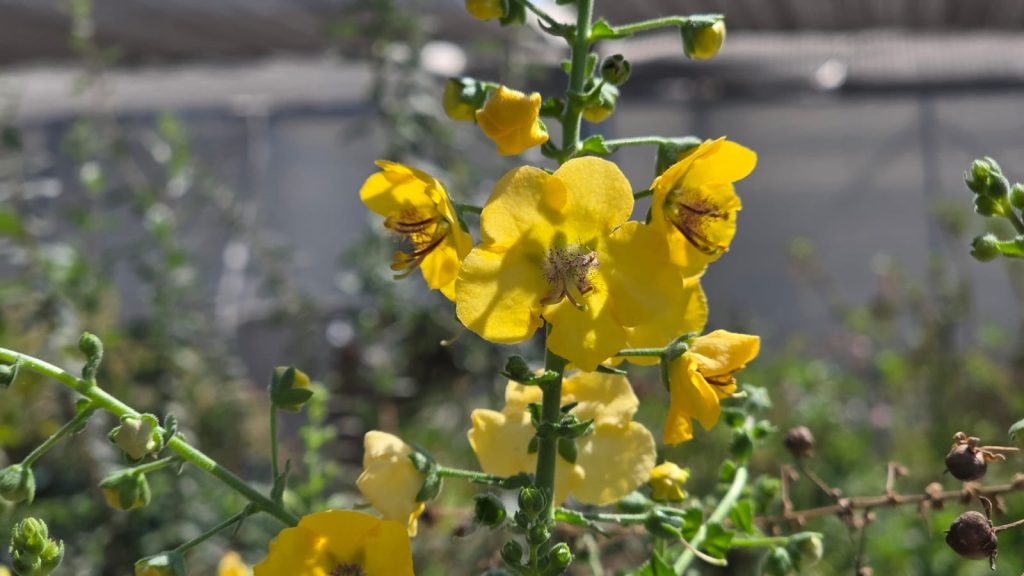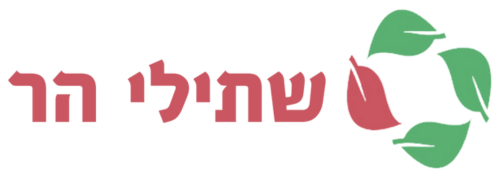
Verbascum arcturus - Cretan Bear's Tail
Family: Scrophulariacea | Origin: Crete
The Hebrew name "Butsin" means candle in Aramaic, probably because of the resemblance of the upright yellow inflorescence to a candle flame, but perhaps also because in ancient times the hairy leaves were used as wicks to light oil lamps.
When walking around Israel in the late spring and early summer months, it is hard to miss the tall flowering spikes covered with yellow flowers of the Verbascum plants;
Most of the Verbascum species that grow in Israel are annuals or biennials and the others do not tend to be long-lived either, but are prolific and self-sow easily.
Verbascum arcturus or Cretan Bear's-Tail (whose name probably derives from the developed imagination of a botanist), which originates from canyons on the island of Crete, and usually grows and blooms for two to three years, is no different.
It's a small, low plant with a rosette of almost triangular, elongated, green leaves, whose edges are serrated and covered with soft hairs (Like Bears' Tails?).

During the month of March, elongated flowering stems emerge, sometimes splitting at almost right angles and bearing yellow flowers with reddish-purple stamen bases.
The flowers open along the stem from the bottom up until May-June, and almost all of them quickly become spherical fruits, which will remain mostly closed until winter, inside which there are an abundance of small, fertile seeds.
The Bear's-Tail Verbascum prefers to grow in bright or partial shade and can be grown in containers with careful summer irrigation or in the ground with good drainage conditions.
In it's wild habitat in Crete it grows mostly on vertical rock walls or even on the walls of houses and the flowering stems tend to grow horizontally. We recommend trying to plant it in a similar way in a basket, in rock crevices, or on a terrace or wall to get the special natural look.
You can also collect the seeds in summer or autumn, scatter them in different places and take advantage of their ability to germinate easily.
Due to its compact size, it combines well with winter annuals for a beautiful spring bloom or in a Mediterranean garden, where it will survive even with little irrigation.
This is a charming plant with a natural appearance, which is short-lived, but can be easily propagated from its abundance of seeds.
it is now (Sept 2025) available for sale.

